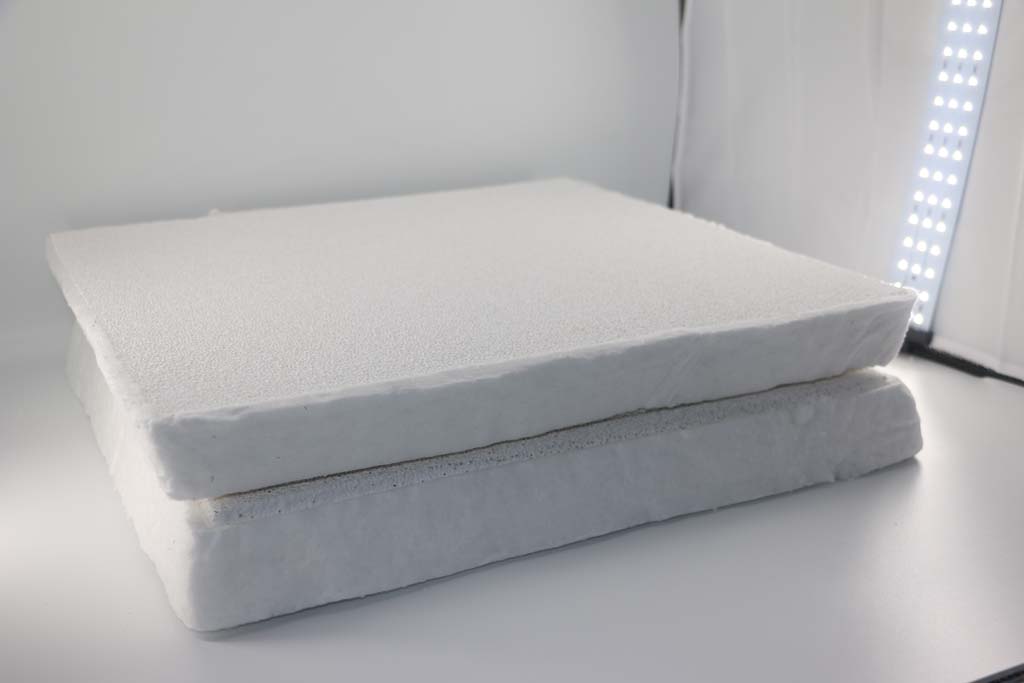
23 4月 Melting Aluminum Foam Casting Aluminum
Melting Aluminum Foam Casting Aluminum is originally developed for forging aluminum alloy.
These forged aluminum alloys require strict cleanliness to meet strict product applications, such as aluminum cans and lids, aluminum foil, aircraft extrusion materials, memory boards, forging materials, and metal wires.
The molten aluminum can only flow through the tortuous mesh of the filter disc, and the inclusions carried by it flow along the tortuous channels and pores.
Due to the combined action of the axial pressure friction force of the liquid flow, the adsorption force of the wheat surface and the chemical force, it stays firmly on the inner surface of the filter hole and the gap, thereby separating it from the metal liquid phase.
The residual effect of the filter developed by the Ceramic Filter Manufacturers AdTech depends on the pore size and thickness of the filter disc and the speed at which the aluminum melt passes through the filter disc. The thicker the filter, the longer the aluminum liquid flows through the filter, the greater the probability of collision, and the greater the probability of inclusions being retained, deposited and adsorbed.

Melting Aluminum Foam Casting Aluminum is basically divided into 6 pore sizes: 10PPI, 15PPI, 20PPI, 25PPI, 30PPI, and 40PPI. The larger the number, the smaller the aperture. But in actual practice, the four types of 10PPI 20PPI 30PP 40PPI can meet the needs of customers.
Aperture selection
1. The casting: 10~25ppi
2. Semi-continuous casting: 30~60ppi
3. High-quality aluminum or sheet: 50~60ppi
4. Continuous casting and rolling: 50~60p
It should be noted that when the speed of the filtrate flowing through the ceramic filter is too low, it is not easy to be adsorbed due to the collision probability of small inclusions, and flows through the filter holes “steadily”. When the speed is too high, the molten metal stream will “wash away” solid inclusions and may carry them away. The best flow rate should be determined by production practice.
Compared with traditional solutions, the uniformity and structural integrity of the orifice plate design of the new filter also significantly reduces turbulence and greatly prevents re-oxidation caused by entrained air. In fact, almost no impurities enter the mold, reducing rework, improving surface quality, reducing scrap rate, and ultimately improving profitability.
During the aluminum alloy smelting process, non-metallic inclusions will be generated due to the unclean charge and the influence of the external environment. During the casting process, due to the turbulence, falling and splashing of the metal, the oxide film formed by the contact of a large area of liquid metal with air also participates in the molten aluminum. Therefore, while the charge is clean and the liquid metal is refined and degassed, the secondary slag caused by the internal and flow of the melt should be further removed, and the re-filtering effect is very significant.
In principle, the installation position of the filter should be such that the filtered aluminum melt does not flow into the crystallizer and does not turn over. For the hierarchical process system, due to the function of the launder, the liquid surface film in the flow plate is continuous and a filter is set. The location does not need to be very close to the thread crystal device.


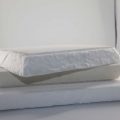
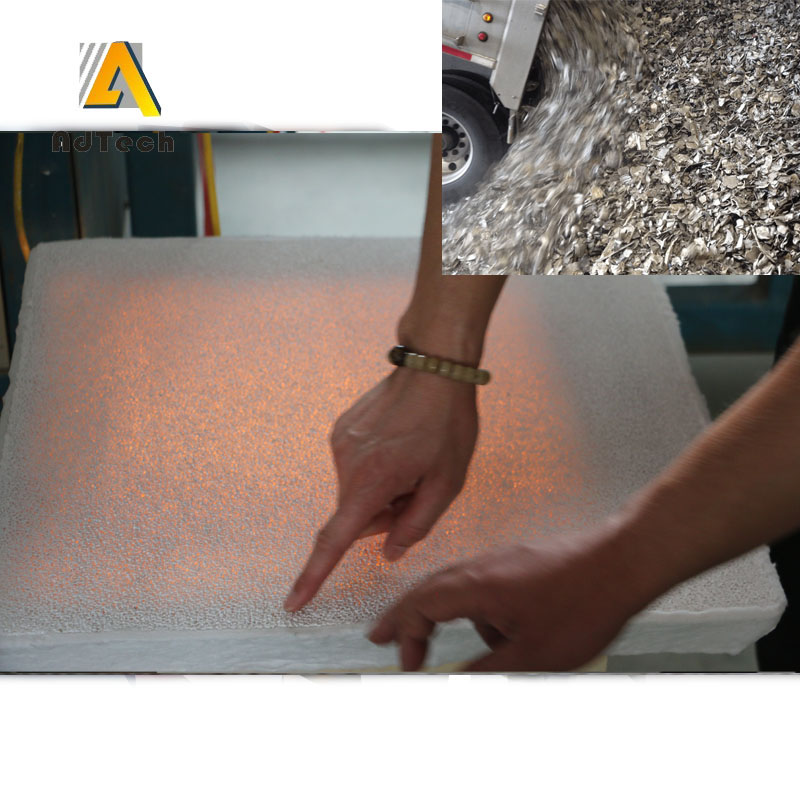
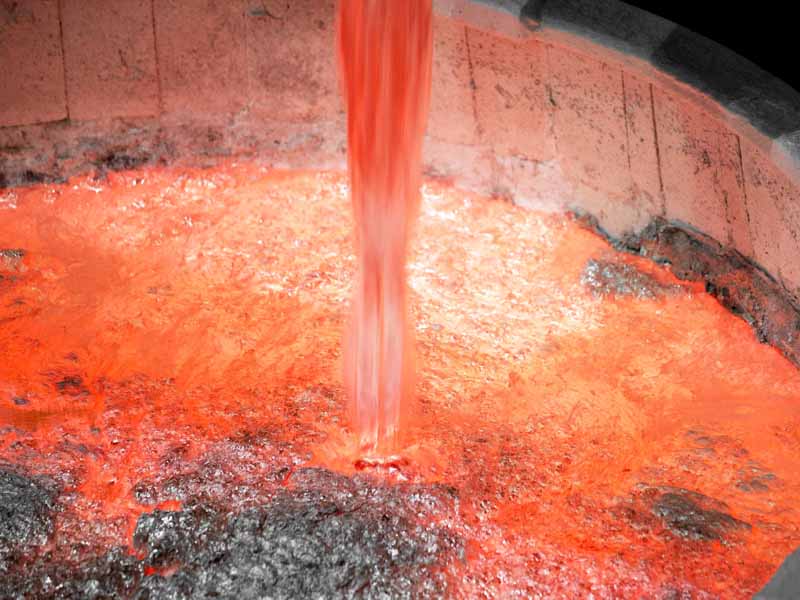
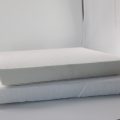
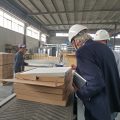
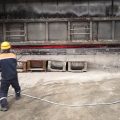
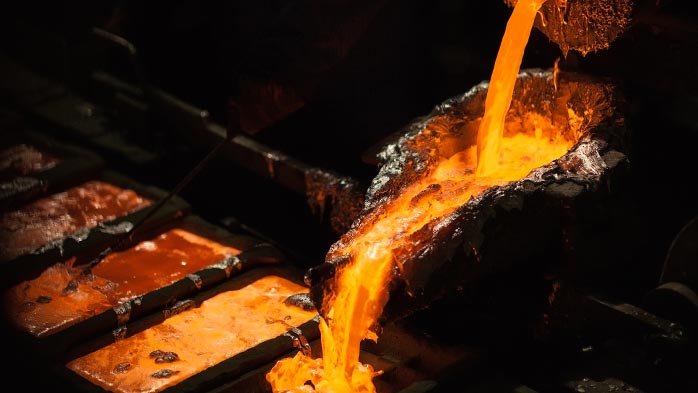
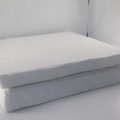
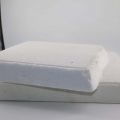
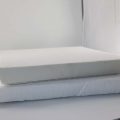
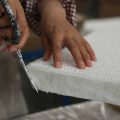
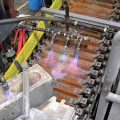
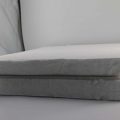
No Comments